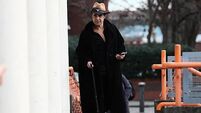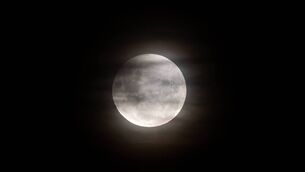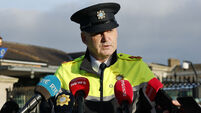Irish troops were four times more likely to be shot at dawn
Execution was not an idle threat. As an indication of British or Irish attitudes, or both, “Irish troops were as much as four times more likely to be condemned to death by a British courtmartial than were troops from other parts of the British Isles and the Dominions” (Hugh Oram, ‘Worthless Men: Race, Eugenics and the Death Penalty in the British Army During the First World War’, 1998). Irish troops would not have been happy at the thought of execution by their own officers, especially as one or two were shot simply for not saluting or for wearing their headgear at the wrong angle. They may have decided instead to take their chances facing the Germans.
We do have testimony with regard to the true feelings of increasing numbers of Irish troops. Evidence from the poet Francis Ledwidge, Tom Kettle MP and from Tom Barry after the 1916 Rising suggests that increasing numbers of Irish in British uniform came to believe they were fighting people who were not their enemy on behalf of those who were. This view, or concern, was replicated from the top. British Viceroy Lord French “believed that the haemorrhage of ex-servicemen to the ranks of Sinn Féin was well under way”.
French’s secretary, Col Edward Saunderson, chimed in: “The men are drifting daily into the Sinn Féin camp”, noting with alarm that regular Irish soldiers “refused to sing God Save the King” (Kent Fedorowich, ‘Reconstruction and Resettlement: the Politicisation of Irish Migration to Australia and Canada, 1919-29’).
The “haemorrhage of ex-servicemen” who felt this way should have their thoughts, feelings and (in some cases) fate remembered. Perhaps, if one of the fancy dress participants at the Cork lord mayor’s ball had turned up as an execution victim bearing the slogan ‘shot by my officers’, it might have been fitting.
However, it is possibly a forlorn hope to expect objective coverage of facts such as these from those promoting remembrance of Irish participation in the First World War.
Niall Meehan
Offaly Road
Cabra
Dublin 7













